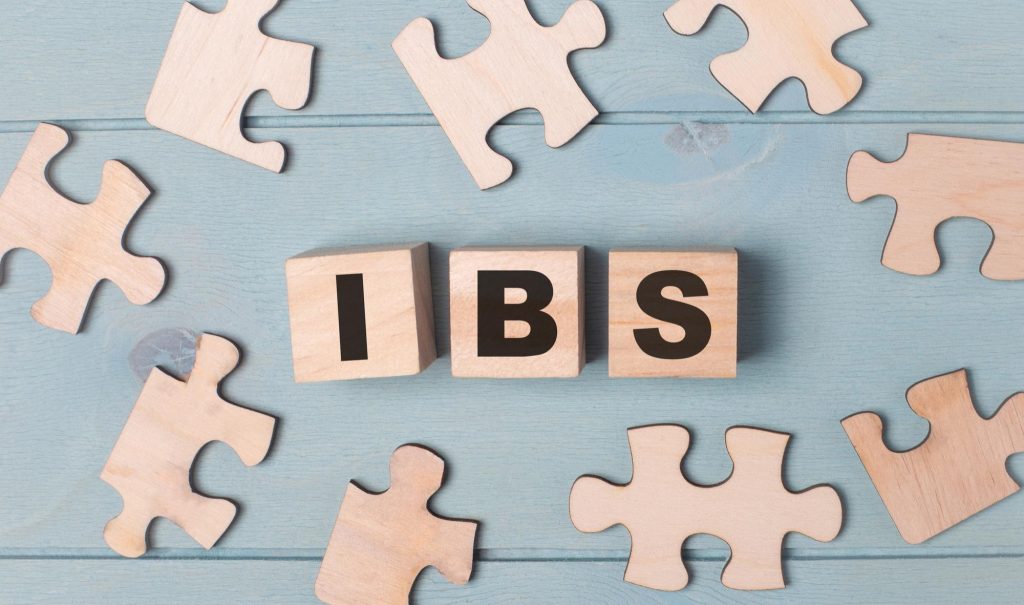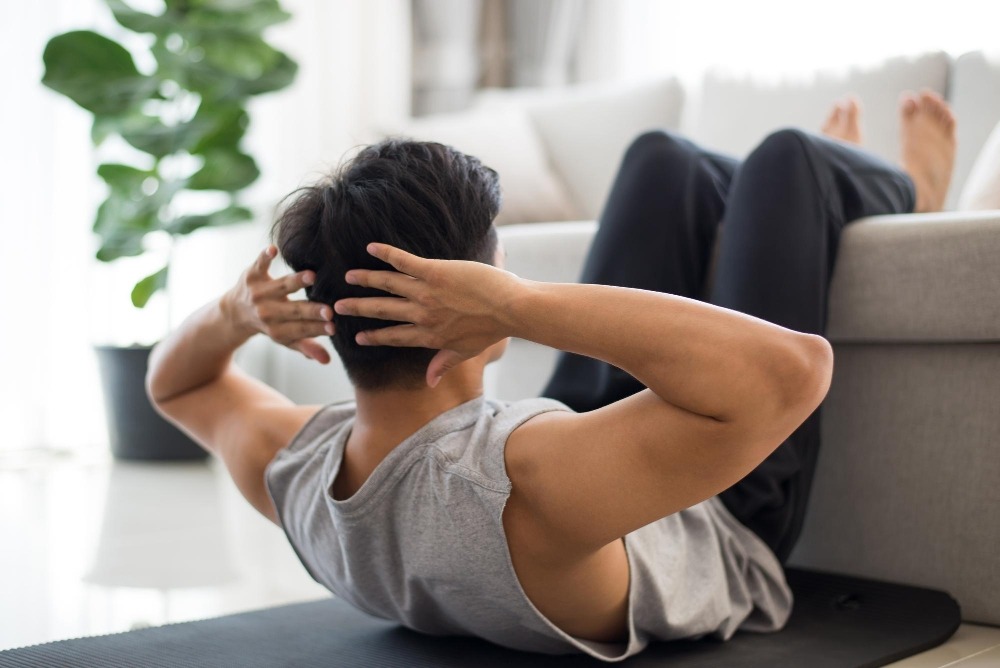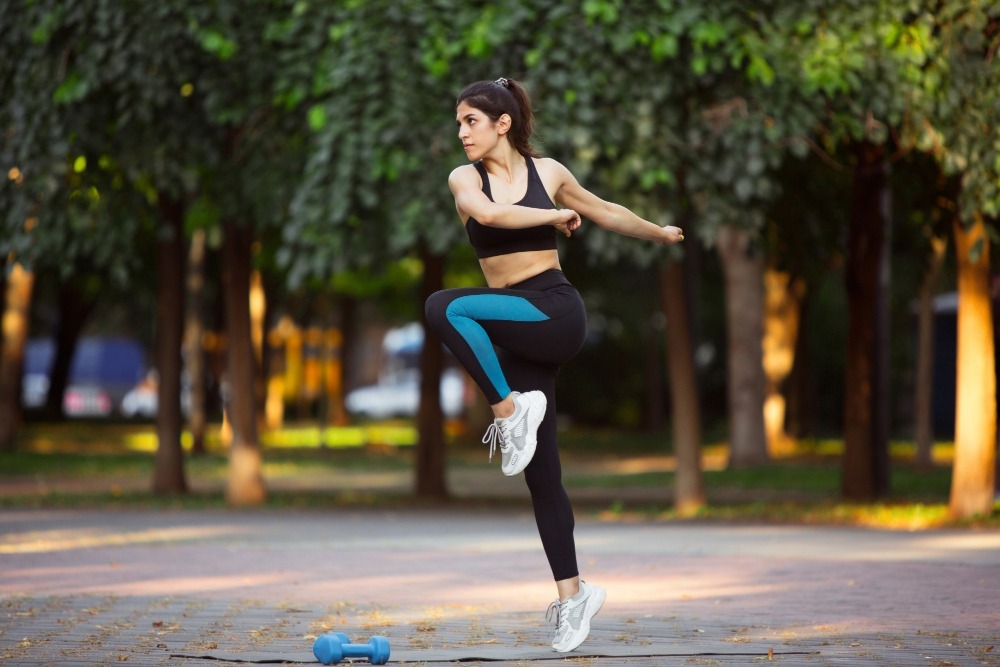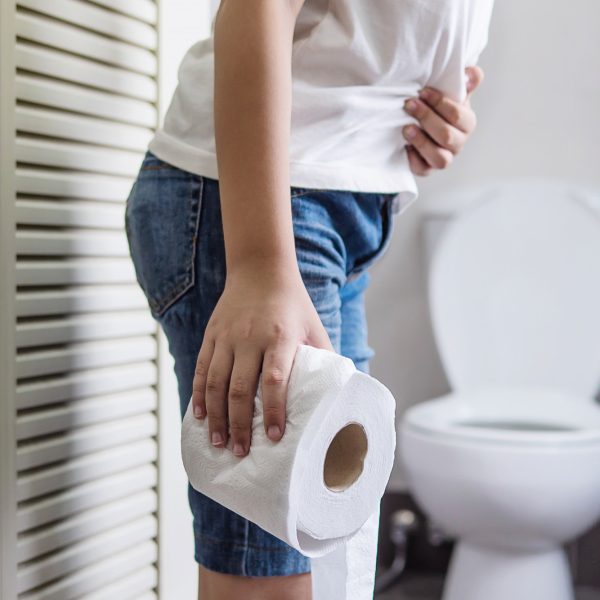The benefits of exercise on the body and mind are manifold. If you’re struggling with Irritable Bowel Syndrome (IBS), a condition that is based on impairment of brain-gut contact, exercise may form an important part of your defence strategy. Are you confused about which exercise to perform and which to steer away from? Don’t worry, You’ve come to the right place! We are here to help you understand the impact of exercise on your symptoms and the best exercise to make life with IBS easier.
Does Exercise Help?
Many argue that exercise is a part of the behavioural health and holistic care necessary to enhance the brain-gut axis and outcomes in IBS.
A variety of exercises, from tai chi to climbing, across a wide intensity spectrum have been found to have a positive effect on mood and the severity of IBS symptoms.
There is evidence that suggests exercise can ease IBS symptoms. On the flip side, less exercise was linked to worse IBS symptoms. Individuals who persist in their exercise regimen, researchers say, show long-lasting improvements in their IBS symptoms.
Researchers have yet to determine exactly how exercise alleviates IBS symptoms, although it’s certainly related to reducing tension. There is evidence that the brain-gut axis may explain why stress might bring on or exacerbate IBS symptoms. Physical and emotional stress causes an increase in our cortisol levels, which in turn can affect our digestive system. Individuals who suffer from IBS have problems bringing the tension down. When you work out, you release tension and feel better.
Exercise also helps in getting a more peaceful nightcap. Inadequate rest can bring on IBS symptoms in the same way that stress can. Regular exercise can improve sleep quality.
Engaging in regular exercise may aid your body in eliminating gas. This may alleviate some of the discomfort and agony that accompanies bloating. In addition to helping you feel better, exercise can help you have more regular bowel motions.
Exercise has been related to endorphin release and Increased happiness and contentment. When you commit to a regular exercise routine, you’re also more inclined to take up other healthful practices. Maintaining these routines may help reduce your IBS symptoms.

Does IBS pain alleviation depend on which exercise you do?
The ideal workout is the one you’ll enjoy and prefer doing continuously over some time. Sustenance is key when it comes to treating your IBS.
These five exercises have been shown to reduce IBS symptoms and come highly recommended by specialists.
7 Best Exercises for Relieving IBS Symptoms
Stretching exercises: Stretching your low and middle torso is the goal of various exercises involving IBS improvement. One effective stretch would be the Supine Twist. In addition to alleviating the symptoms of IBS, it is also quite effective at reducing the pain in the lower back.
Bridge March: The bridge pose is a traditional yoga position that engages your abdominal muscles. In addition to that, it works your butt and hips. A bridge march involves you lifting your legs alternatively while in the bridge position imitating a marching routine. This will help alleviate symptoms of IBS such as gas and bloating.
Walking: It can help relieve constipation, and it can also assist in the movement of gases, which can in turn help in relieving stomach pain. Moreover, if you go outside into the fresh air and keep exercising, it will be beneficial to your mental health and that’s important for the health of your gastrointestinal tract. To see the benefits it is recommended that you engage in walking at least 30 minutes three times a week which can be slowly increased.
Cycling: You can strengthen your legs and heart by riding a bike, whether it’s stationary or on the road. Cycling is recommended because riders may easily increase the difficulty of the trip by pedalling harder, or reduce the difficulty by pedalling more slowly, allowing for a more relaxed and flexible pace. It’s a fantastic aerobic activity that’s risk-free, fun, and light on the gut.
Yoga: Yoga can be a light, self-paced exercise that can help in easing the symptoms of IBS. Important yoga poses to try to feel better may include the following-
- Shavasana: The emotional and physical benefits of this position are well-documented. It helps alleviate stress and tension.
- Dhanurasana: The abdominal muscles are stretched and strengthened in the Bow Pose. Constipation is also eased, which is a nice bonus.
- Matsyasana: The elimination of constipation and the stimulation of the immune system are two benefits of the fish posture. Digestion is also aided by the elongation of the digestive tract.
- Pawanmuktasana: Helps in Expelling excess gas by breathing and helps with digestion and other gastrointestinal issues.
Tai chi: much like yoga, it requires performing a sequence of slow, graceful movements while simultaneously engaging in deep breathing into the diaphragm. This connects the practitioner’s mind, body, and breath. If you engage in tai chi practice you may have significantly fewer and milder symptoms of IBS. Additionally, it assists in stress reduction. Paying attention to your breath, slowing down your breathing, and bringing the breath into the diaphragm will get the parasympathetic nervous system going, which will calm things down, and will give a wonderful massage to the digestive organs, which will help lessen spasms and urgency.
Swimming: Swimming is an excellent low-impact aerobic activity that works your arms, legs, and core. Water aerobics can be a “soft but rigorous” form of exercise. As an added benefit, swimming forces you to pay attention to your breathing. It’s wonderful for relieving stress, increasing endorphins, and generally improving mood.
Word of Caution
Those with IBS shouldn’t engage in strenuous physical activity. Endurance sports such as running, HIIT, competitive swimming, and marathon cycling are all considered to be among the extremely challenging exercises which are best avoided as they can make your IBS symptoms worse.
Take Away
Blood flow to the abdominal region is reduced because of the physical strain that occurs during exercise. Excessive strain may lead to urgent diarrhoea from something called localised ischemia in the colon. In other words, it’s important to exercise moderately rather than go all out. If you’ve been sidelined from exercise for a while due to stomach discomfort, irritable bowel syndrome symptoms, or distress, it’s best to consult with your doctor before starting a new programme.













Share this article